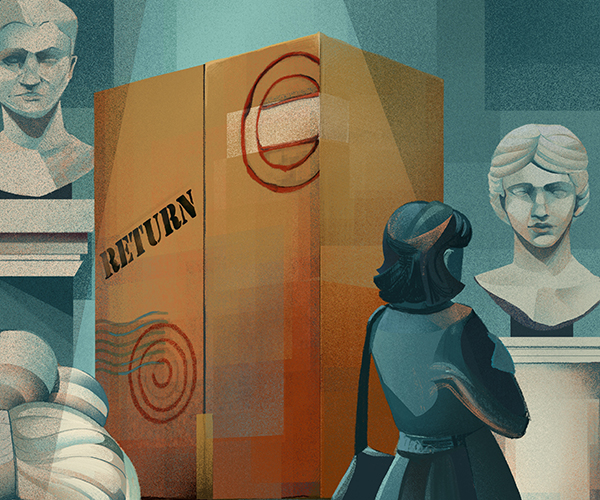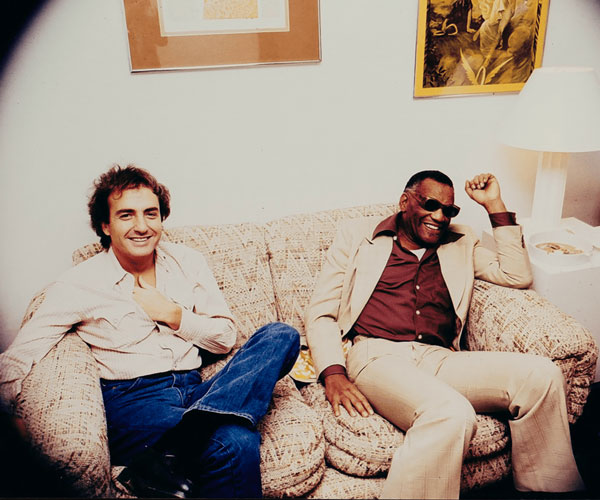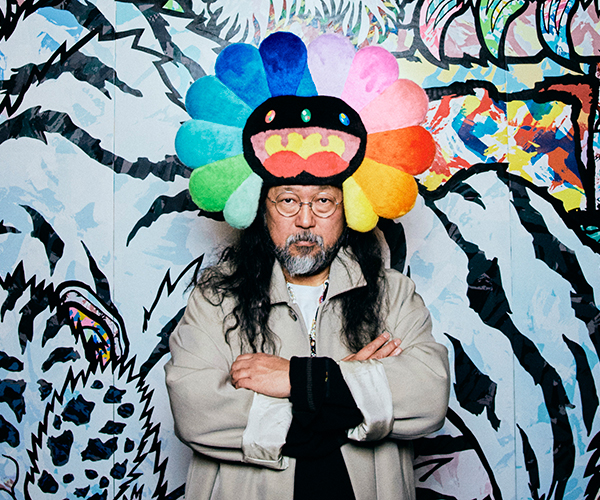The surface of an ancient Chinese lacquer box, Round Box with Decoration of Two Pheasants and Peonies, glows in a way that makes you think twice about its 13th century origins. But before it was acquired in 2011 for display in the new West Wing galleries, the box accumulated layers of dust that obscured the appearance of the lacquer. To restore pieces to their original conditions and ensure preservation, the conservation department performs tests and procedures in its newly renovated 18,000-square-foot laboratory. We look under the microscope at the steps conservators took to ready the Round Box for exhibit.
†' That caked-on dust was the biggest challenge, says Samantha Springer, assistant conservator of objects. "We have to go in with a Q-tip and clean off every carved surface on the box." Springer spent a month uncovering more than 40 layers of lacquer in colors such as yellow, black and red, to clear away the damage.
†' Conservationists take every opportunity to learn more about a piece. When Springer discovered a millimeter fragment detached from the box, she investigated. "I was able to closely examine the cross-sections to see how the layers were developed and how they were applied to the box in order to create the lacquer coating that had been carved," she says. Springer found that despite the object's current sensitivity, it was once resistant to water and other solvents similar to plastic.
†' Like other Chinese art pieces in the West Wing, the box can be damaged by prolonged light exposure. "When the sun sets, the light goes directly into the West Wing galleries, so we cannot have light sensitive objects in certain places," says Springer. To measure exposure, conservators place light intensity readers inside each gallery. After one year on exhibit, conservators bring objects such as the Round Box into a dark storage room for a rest period of up to three years to help avoid light damage.



